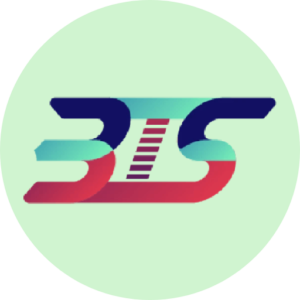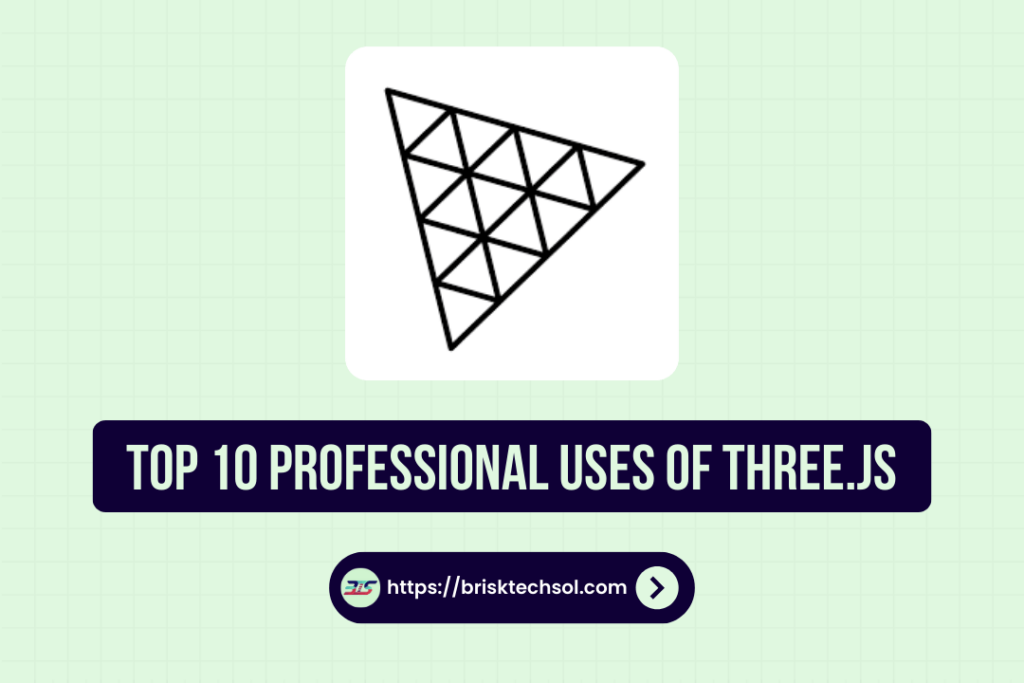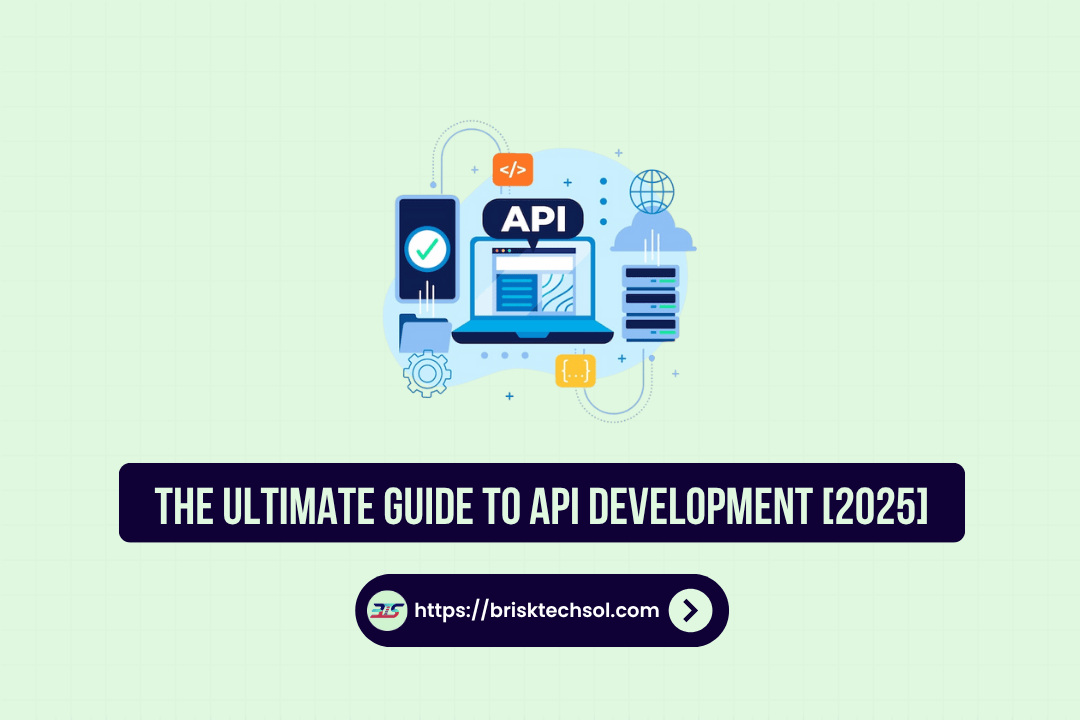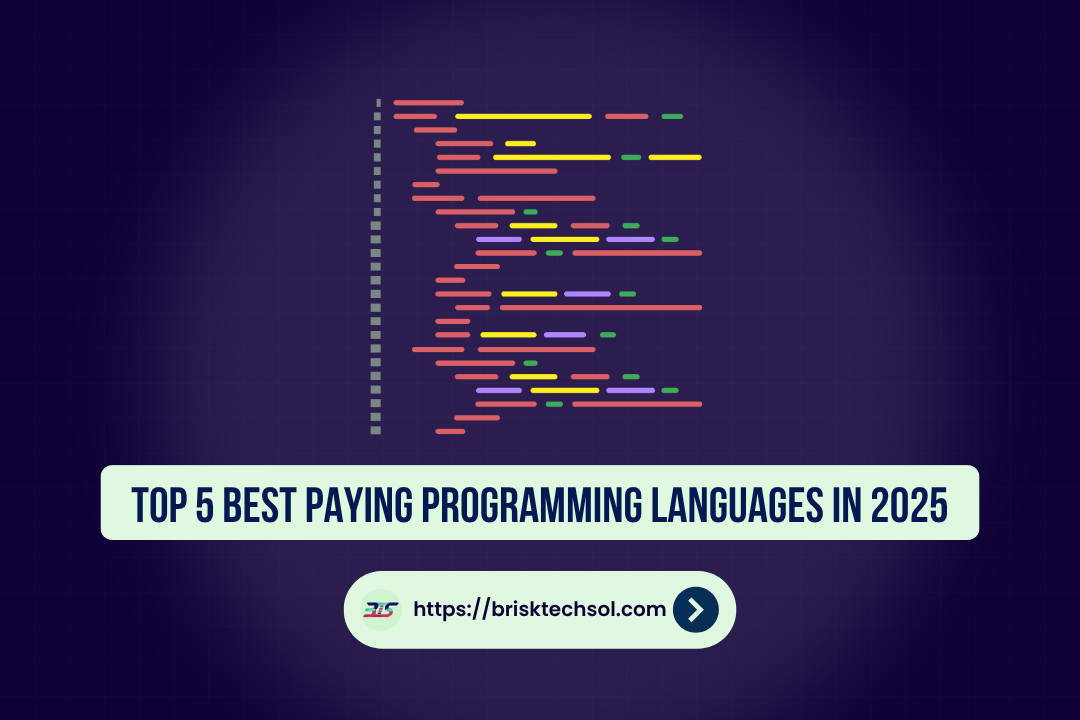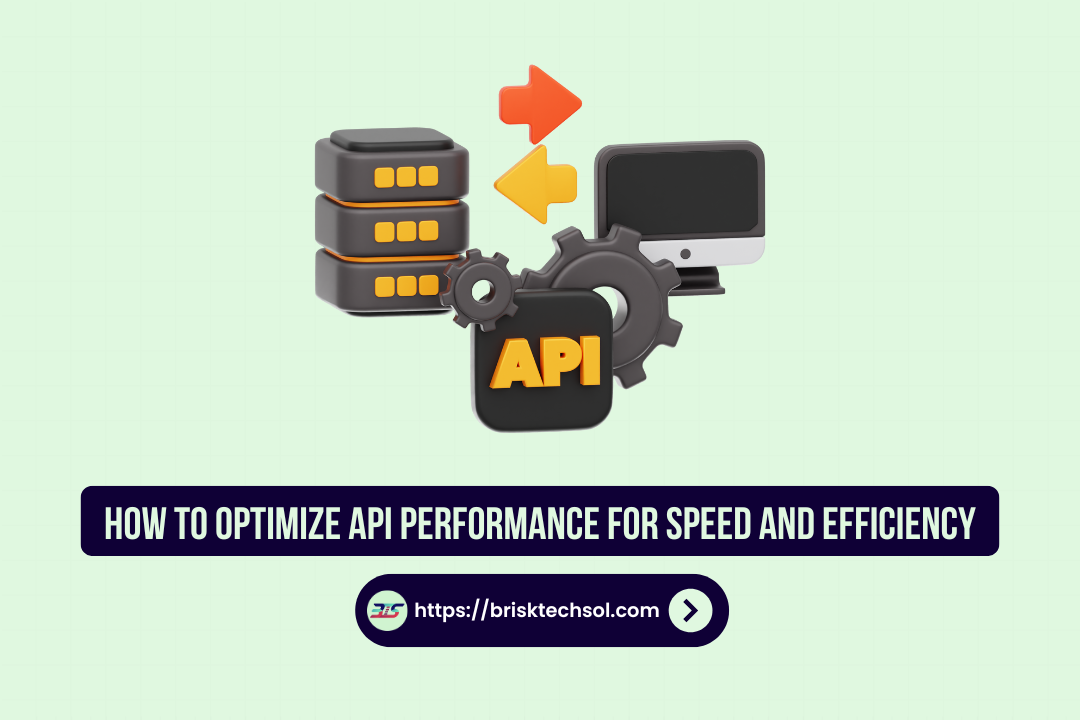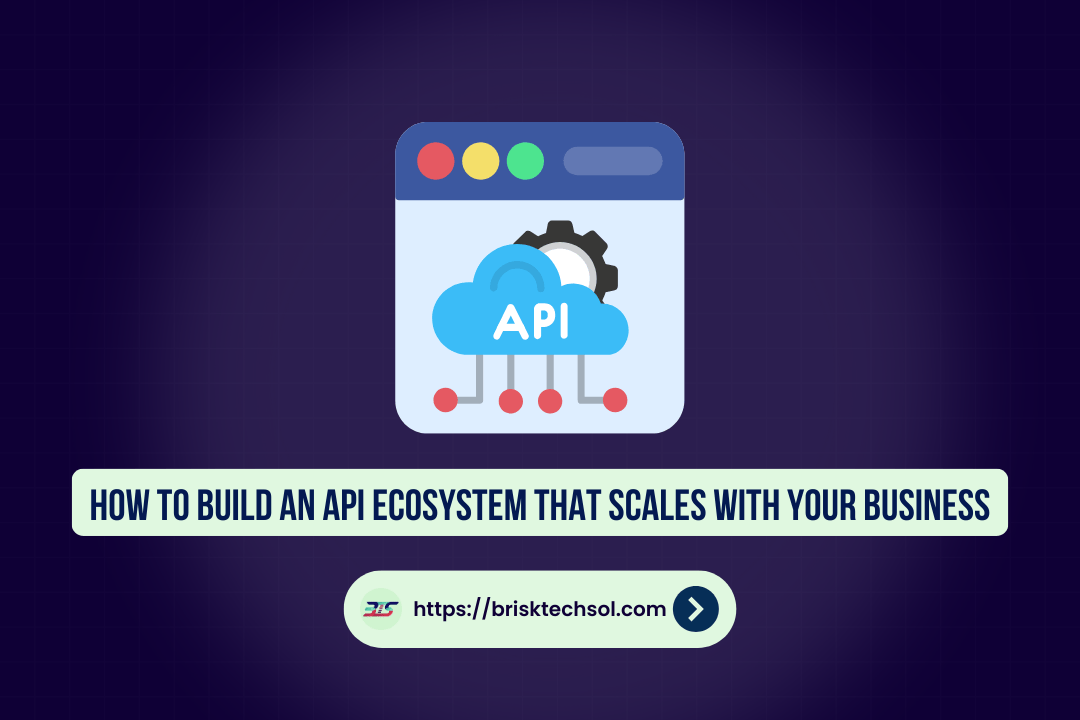The demand for 3D graphics in web development has skyrocketed in recent years, with industries adopting tools like Three.js to create immersive, interactive experiences. This JavaScript 3D library simplifies the process of building 3D environments and animations directly in web browsers using WebGL.
In this comprehensive guide, we’ll explore the professional uses of Three.js, covering applications in diverse industries such as e-commerce, education, architecture, and more. By the end, you’ll have a clear understanding of how this open-source library is revolutionizing web development.
What is Three.js?
Three.js is an open-source JavaScript library that facilitates the creation of 3D graphics for web browsers. Built on top of WebGL, it abstracts complex functionalities into an easy-to-use framework. Developers use Three.js to render everything from simple geometric shapes to complex 3D environments, enabling stunning visual effects and real-time interactions.
Key features include:
- Cross-platform compatibility
- GPU acceleration for high performance
- Support for shaders, textures, and materials
- Advanced animation tools and scene hierarchy
Interactive 3D Simulations
One of the most impactful uses of Three.js lies in its ability to create interactive 3D simulations. Simulations allow users to visualize scenarios, test concepts, and engage with dynamic environments, making them valuable across industries.
Corporate Training
Businesses in sectors like aviation, manufacturing, and healthcare rely on 3D simulations for training programs. Employees can interact with virtual environments to practice tasks, reducing the risks and costs associated with real-world training. For example, an airline company could simulate cockpit operations for pilots, providing a safe and cost-effective training solution.
Scientific Applications
In science and engineering, Three.js-powered simulations help researchers explore phenomena that would be difficult or impossible to replicate physically. For instance:
- Physics simulations: Visualizing particle behavior in different environments.
- Chemical processes: Modeling reactions in a controlled virtual space.
- Astronomical studies: Simulating planetary orbits or star systems.
Educational Value
Three.js shines in education, where interactive simulations captivate learners and make abstract concepts tangible. Virtual labs for STEM subjects are a prime example. A physics class can demonstrate the behavior of pendulums or waves in a 3D simulation, helping students grasp core concepts through hands-on exploration.
Three.js in Virtual and Augmented Reality
The rise of VR (Virtual Reality) and AR (Augmented Reality) has redefined how users interact with digital content. Three.js plays a pivotal role in making these technologies more accessible by enabling web-based immersive experiences without the need for bulky software installations.
WebXR Integration
Three.js supports WebXR, the standard for rendering VR and AR experiences directly in web browsers. Developers can use this feature to create immersive applications that function across various VR headsets and AR devices, including Oculus Quest, HTC Vive, and AR-enabled smartphones.
Applications of VR
- Virtual walkthroughs: Industries like real estate and tourism use VR to offer clients virtual tours of properties or destinations.
- Immersive training: Medical students can practice surgical procedures in a virtual operating room, while factory workers can learn to operate machinery in a simulated environment.
- Entertainment: VR games and virtual concerts are increasingly common, with Three.js providing the backbone for many web-based platforms.
Applications of AR
- Product visualization: AR allows users to place virtual objects in their real-world environment. For example, customers can preview furniture in their homes before purchasing.
- Interactive advertising: Brands use AR to create engaging campaigns, like virtual try-ons for clothes or makeup.
- Educational tools: Museums use AR to add layers of information to exhibits, enriching the visitor experience.
3D Product Configurators in E-commerce
E-commerce has seen a tremendous shift with the adoption of 3D product configurators powered by Three.js. These configurators allow customers to interact with products in ways that were previously unimaginable, enhancing their shopping experience and increasing confidence in purchasing decisions.
Enhanced Customer Interaction
With a Three.js-driven configurator, users can:
- Rotate products 360 degrees to view every detail.
- Zoom in on specific areas to examine texture, design, or build quality.
- Customize products by selecting colors, materials, or components in real time.
For instance, an online shoe retailer can let users design their own shoes, choosing everything from the sole to the laces. The visual feedback, powered by Three.js, ensures that customers see exactly what they’ll receive.
Reduced Returns and Increased Conversions
Interactive configurators significantly reduce return rates by giving customers an accurate representation of their purchases. This leads to fewer discrepancies between expectations and reality, boosting customer satisfaction. Moreover, these tools encourage more purchases by showcasing customization options that appeal to individual preferences.
Industry Examples
- Automotive: Car manufacturers use configurators to let potential buyers customize their vehicles, from paint colors to interior trims.
- Fashion: Jewelry stores provide 3D views of rings, necklaces, and bracelets, allowing customers to inspect fine details before ordering.
- Furniture: Home decor brands like IKEA use 3D configurators to show how items will look in various settings.
The Technical Advantage
Three.js enables smooth performance for configurators even on standard web browsers. Its ability to integrate with other libraries and APIs ensures seamless loading and interaction, making it the go-to choice for developers in e-commerce.
By leveraging Three.js, e-commerce platforms not only enhance the customer experience but also gain a competitive edge in an increasingly digital marketplace.
Data Visualization and Dashboards
As businesses collect vast amounts of data, the need for intuitive and engaging visualizations has grown. Three.js offers a powerful way to transform raw data into interactive 3D dashboards, making it easier for professionals to derive insights and make informed decisions.
Why Use 3D for Data Visualization?
Traditional 2D charts and graphs, while useful, can feel limited when dealing with large datasets or multidimensional information. Three.js allows developers to:
- Represent data in a multi-dimensional space.
- Use animation to highlight trends, anomalies, or comparisons.
- Create interactive charts where users can drill down for details.
For example, instead of a flat line graph, a company could use a 3D line that changes color based on performance thresholds, providing richer context at a glance.
Applications Across Industries
- Finance: Hedge funds and financial analysts use 3D visualizations to track stock market trends, portfolio performance, and global economic data.
- Healthcare: Hospitals use 3D dashboards to analyze patient data, track disease outbreaks, and optimize resource allocation.
- Manufacturing: Supply chain managers use 3D tools to monitor production lines, identify bottlenecks, and streamline operations.
Game Development with Three.js
The gaming industry is another domain where Three.js has made significant inroads. While many large-scale games are developed using dedicated engines like Unity or Unreal Engine, Three.js has proven itself as an excellent tool for creating browser-based games.
Advantages for Game Development
- Web Compatibility: Games built with Three.js run directly in browsers, eliminating the need for downloads or installations.
- Lightweight Framework: The library’s lightweight nature makes it ideal for casual and indie game developers.
- Multiplayer Support: Integrations with WebSockets or WebRTC allow developers to add multiplayer functionality to games.
Game Genres
Developers have used Three.js to create a variety of games, including:
- Puzzle games: Interactive puzzles with drag-and-drop functionality.
- First-person shooters (FPS): Lightweight FPS games with immersive environments.
- Educational games: Teaching concepts through gamified experiences, such as geography quizzes in a 3D world.
Architectural Visualization
Three.js has revolutionized architectural visualization, allowing architects, designers, and real estate developers to create stunning 3D models of their projects. This not only impresses clients but also helps them understand designs in detail before construction begins.
Applications in Architecture
- Virtual walkthroughs: Clients can explore properties as if they were physically present, experiencing every detail from lighting to furniture placement.
- Concept validation: Architects can present 3D models to stakeholders, ensuring designs meet expectations before moving forward.
- Material selection: Clients can experiment with different materials, colors, and finishes in real-time.
Impact on Real Estate
Real estate developers use Three.js to market properties by creating interactive 3D floor plans and virtual tours. This technology allows buyers to “walk through” homes remotely, making it easier to close sales even for distant buyers.
Technical Benefits
Three.js offers advanced lighting models, including ambient, point, and directional lights, to simulate realistic environments. Its support for high-polygon models ensures intricate details are rendered beautifully, while optimization techniques like Level of Detail (LOD) keep performance smooth.
Educational Tools and Learning Platforms
Education has been transformed by technology, and Three.js has emerged as a key player in building interactive learning experiences. From virtual classrooms to gamified lessons, this library helps educators create engaging content that enhances understanding.
Applications in Education
- STEM Subjects: Three.js can model concepts like planetary motion, chemical structures, or mathematical graphs in 3D, helping students visualize abstract ideas.
- Virtual Labs: Science experiments can be conducted in virtual environments, offering a safe and cost-effective alternative to physical labs.
- History and Geography: Interactive 3D maps and historical recreations make learning about the past or exploring geography more immersive.
Gamification in Learning
Gamified learning experiences built with Three.js engage students more effectively by introducing challenges, rewards, and interactivity. For instance, a history app could use Three.js to let students explore ancient cities or solve puzzles to uncover historical artifacts.
Accessibility and Reach
Three.js is browser-based, making it accessible to students on various devices. Whether in a classroom or remote learning setup, it ensures seamless performance and adaptability, bridging the gap between traditional and modern education.
By making education more interactive and engaging, Three.js empowers educators to deliver lessons that resonate with today’s tech-savvy learners.
Healthcare Applications of Three.js
The healthcare industry has adopted Three.js for visualizing medical data and creating interactive tools for diagnostics, training, and patient education. Its ability to render complex models and simulations makes it invaluable in this field.
Medical Training
- Surgical Simulations: Trainee surgeons can practice procedures in a virtual environment, minimizing risks associated with real-world training.
- Anatomical Models: Three.js enables the creation of detailed 3D models of the human body, which can be rotated, zoomed, and explored layer by layer.
Patient Education
Interactive visualizations help patients understand their conditions better. For example, a cardiologist could use a 3D model of the heart to explain procedures like angioplasty.
Data Visualization
In medical research, Three.js visualizes data from MRI scans, CT images, or genomic studies, helping professionals identify patterns and insights more effectively.
Entertainment and Media
The entertainment industry thrives on creating captivating visual experiences, and Three.js is at the forefront of this revolution. From web-based animations to interactive storytelling, its capabilities have enabled content creators to push the boundaries of creativity.
Interactive Storytelling
Three.js allows filmmakers and writers to craft immersive stories where users can navigate scenes and interact with characters. These experiences blend elements of movies, games, and literature to create entirely new forms of media.
Music Visualizations
Musicians and DJs use Three.js to generate real-time 3D visualizations that sync with their music. These visuals enhance live performances and make music more engaging for digital audiences.
Virtual Concerts and Events
As virtual events gain popularity, Three.js enables the creation of 3D event spaces, where users can attend concerts, explore booths, and interact with others in real time.
Gaming and Animations
Short web-based animations or lightweight games created with Three.js allow developers to reach wider audiences without the need for downloads. Its seamless rendering ensures high-quality visuals even for resource-intensive projects.
Three.js is a game-changer in entertainment, providing creators with tools to captivate audiences like never before.
Conclusion
Three.js is more than just a 3D graphics library; it’s a gateway to building immersive, interactive web experiences across industries. From data visualization to game development and VR applications, the possibilities are endless.
As 3D technologies continue to evolve, tools like Three.js will remain at the forefront, enabling professionals to craft innovative solutions for real-world problems.
FAQ’S
1. What industries commonly use Three.js?
Three.js is used in e-commerce, architecture, education, healthcare, and entertainment for interactive 3D applications.
2. How can learning Three.js enhance my career?
It boosts your skill set, makes you more competitive, and opens up specialized opportunities in web development.
3. What are the best resources to learn Three.js?
Use the official documentation, online courses, books like “Discover Three.js,” and community forums for guidance.
4. Can Three.js be integrated with other frameworks?
Yes, it works well with frameworks like React Three Fiber and supports physics engines for added functionality.
5. What are common challenges in using Three.js?
Challenges include performance optimization, cross-browser compatibility, a learning curve, and integration issues.

